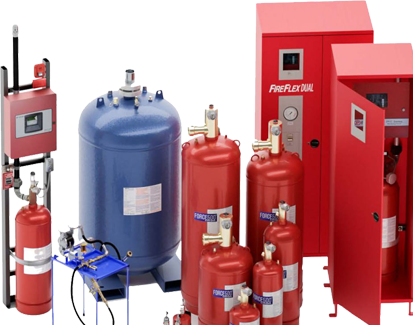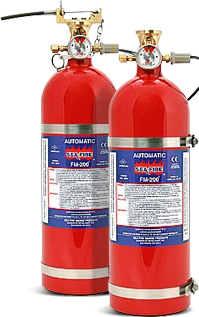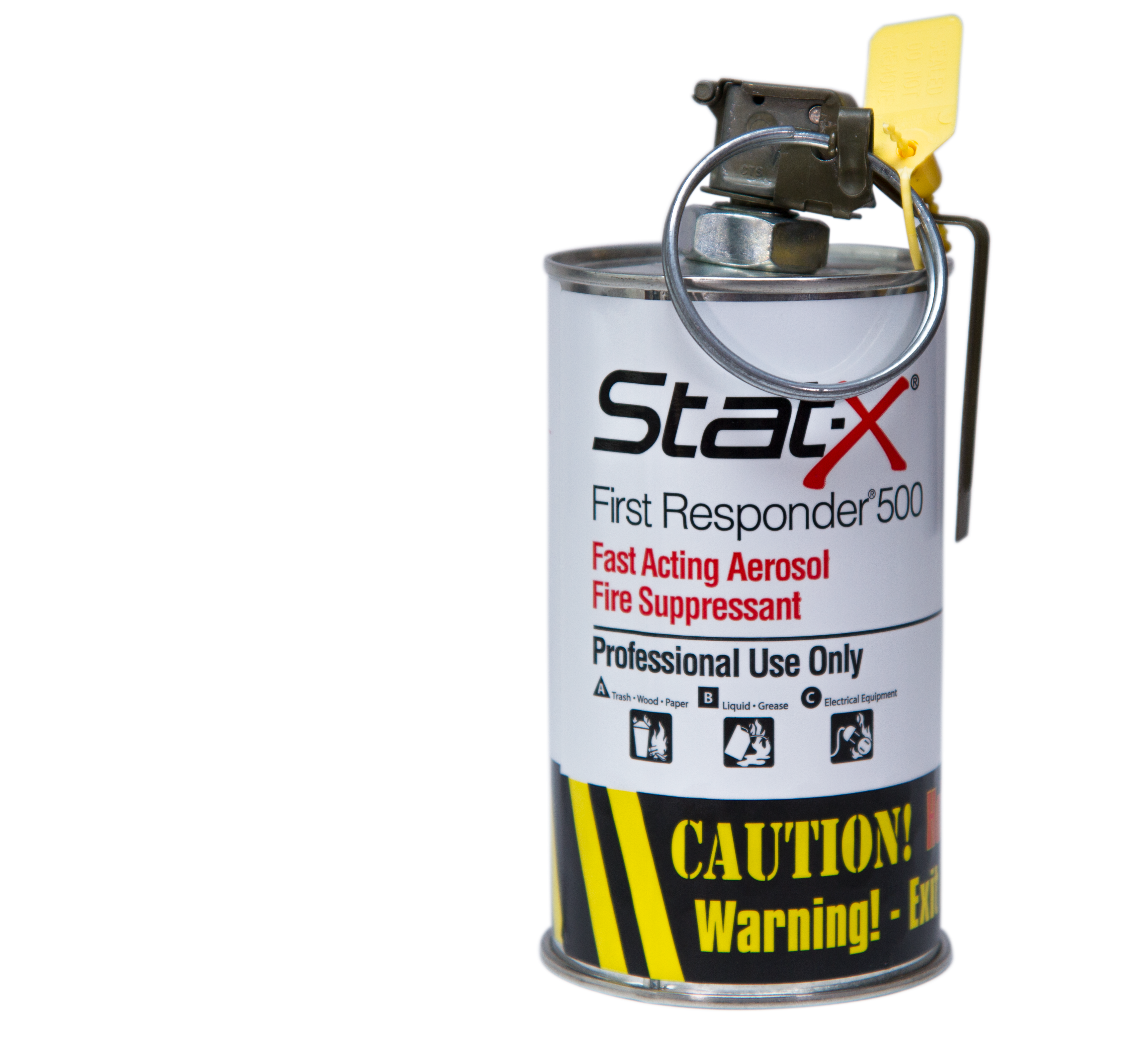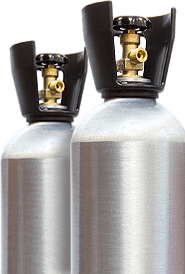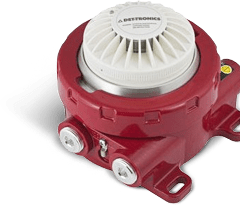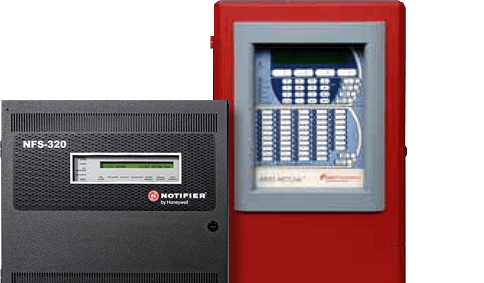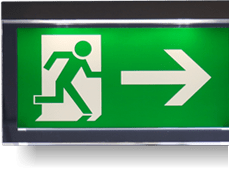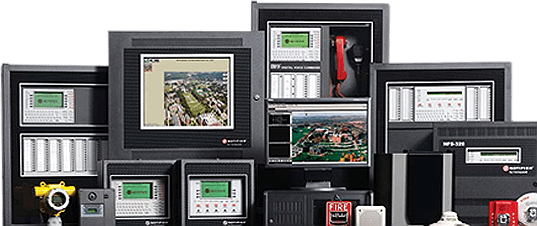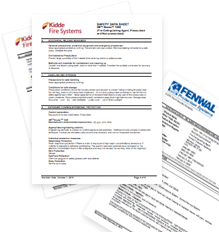Fan Air Leak Testing
Clean Agent Enclosure Integrity Tests to comply with NFPA 2001 Appendix C (Year 2000) & ISO 14520 Annex E standards for clean agents: FM-200, Novec 1230, INERGEN, CO2, Argon, Argonite, FE13, FE227 & Nitrogen.
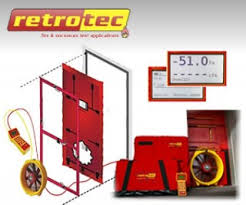
In order to prepare the protected area for a total flooding fire suppression system and a door fan enclosure integrity test, the following guidelines shall be followed:
I. Doors:
A. Provide automatic mechanical door sweeps.
B. Seal all in-door ventilation grilles.
C. Install door gaskets or weather-stripping.
D. All doors should be self-closing.
If it is desired to leave a door normally open, it should be provided with a self-closer and a magnetic hold-open device interlocked to the fire suppression system.
E. Outward opening doors should latch automatically to prevent their being blown partly open by the fire suppression system discharge.
F. Double hung doors should have an astragal.
II. Windows:
A. All windows should be thoroughly weather-stripped and kept closed.
B. Take special care to gasket or seal casement windows.
III. Walls:
A. All walls and partition walls should be constructed as continuous bulkheads which are slab-to-slab.
B. Since they are porous, block walls (or walls of any other porous material) should be thoroughly sealed and painted.
C. Install a plastic membrane vapor barrier within gypsum board walls.
D. Seal all wall-floor joints thoroughly.
E. Any panel recessed into a wall should fit tight and be gasketed or sealed.
F. All electrical outlets, switches, conduits, cable penetrations, etc., should be sleeved, packed with a fire retardant material and sealed.
IV. Floors:
A. Floor drains should be trapped. If drains from the protected room connect with other areas, trap the line before the branch connection.
B. If floor drains are not in constant use, water in the traps may evaporate. To maintain the traps, fill them with glycol solution.
C. Sleeve any subfloor cable penetrations and seal them and any pipe chases, etc., with an approved fire retardant material.
V. Ceiling:
A. Acoustical ceiling panels should be substantial, not lightweight. Panels in the vicinity of nozzles should be secured with clips. Even panels relatively far from the nozzles can be blown out if the high velocity fire suppression agent discharge is deflected upward by a wall, fixture or other obstruction. (Any such panel should be clipped.)
VI. Ventilation Equipment:
A. Common return air plenums may need special design to prevent fire suppression agent leakage.
B. Interlock all air conditioners which are external to the room to shut down before the fire suppression system discharge. Self-contained air conditioning units which are completely internal to the room and exchange no air with other areas may optionally remain running if desired. It is preferable to manually shut down all air conditioners and ventilation equipment temporarily during the door fan room integrity test.
C. Install electrical or pneumatic closer's on all ventilation dampers.
D. Select dampers carefully. Not all standard designs seal well enough to prevent fire suppression agent leakage. Damper should be of the smoke damper type as a minimum.





